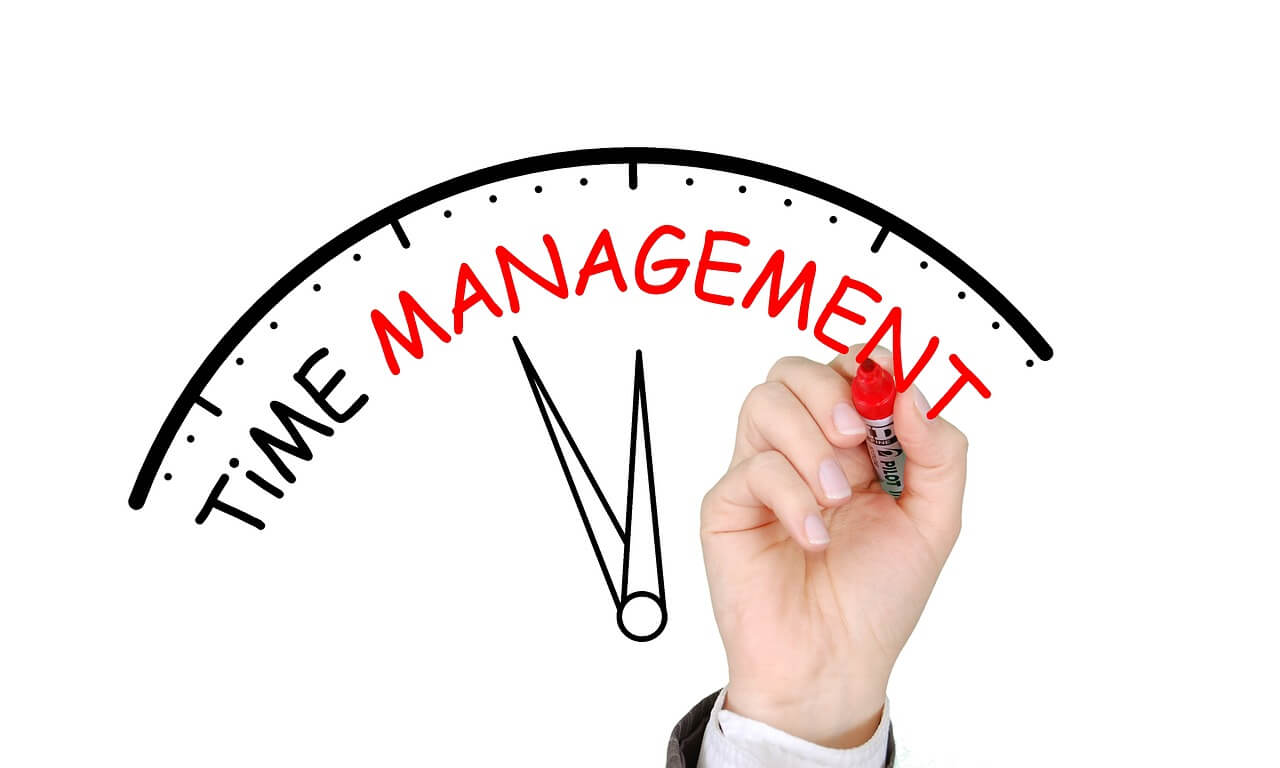The world as we know it is constantly buzzing with information, constantly bombarding us with data. Hence, this leads to an overwhelming sensation, whether working or studying. Such an effect necessitates the need for effective time management to have a sense of control over your life.
Well, throughout this article, we aim to address tips, strategies, and means of becoming more productive. We will manage productivity through time management, allowing you to juggle multiple chores simultaneously. Read on to explore the different tools and practices you can implement daily to maximize your time and achieve your goals.
Efficient Email Communication Methods
We often spend numerous minutes simply attempting to write the perfect email. Not only do we need to get our point across, but emails often demand professionalism. Email communication can be difficult, yet learning about writing effective emails is part of time management. Hence, learn how to write an email to explore improving email communication. By examining this guide, you will boost your email productivity, as constructing an email becomes an effortless process. Learn how to write an email to save time, set an adequate tone, and convey your ideas with clarity and honesty.
The Principles of Effective Time Management
Effective time management is grounded in diverse yet fundamental principles. These aim to help you make the most of your time and achieve your goals. This section explores these core principles, allowing you to implement critical strategies into your daily routine.
Setting clear goals
When you’re working on your goals, there are two types you can focus on. The first are the long-term goals, and the second are SMART goals.
Long-term ones are your overarching aspirations, which can be completed within months or years. However, short-term ones are smaller, more actionable steps that lead to long-term goals.
Second, comes SMART goals. Each letter stands for a different objective, each helping you achieve your bigger goal. They can be broken down as follows:
- Specific: Define your goals by making them clear and straightforward.
- Measurable: Find a way to quantify your data while tracking progress.
- Achievable: Be realistic about the goals you set.
- Relevant: Your goals should align with your final objective.
- Time-bound: Each goal should have a deadline or a timeframe to complete.
Creating a structured schedule
Effective time management resides in crafting the ideal schedule that fits your needs. Creating your structured program falls into two categories, which are:
- Creating time blocks: Time blocks include allocating specific timeframes throughout the day for different activities. This minimizes distractions, boosts motivation, and pushes you to focus.
- Creating to-do lists: Consider categorizing the things you must accomplish. Do it according to priority or deadline. Moreover, break down your projects into smaller, more actionable steps.
Tools and Techniques for Time Management
After discussing time management principles, it is time to dive into time management skills and tools you can utilize. The proper techniques and sources can help you maintain a distraction-free environment. It also enables you to stay focused and keep organized.
Time management apps and software
There are two primary means of maximizing productivity with time management apps. The first is through Calendar applications, such as Google Calendar and Microsoft Outlook. These are indispensable tools that will help you with your scheduling needs. These apps allow you to receive reminders, create events, and set appointments. Moreover, they allow for color-coding and syncing with other applications.
Second comes task management applications. These apps help you break down complex goals and projects, making them more manageable. Some of the best sources you can utilize include Todoist, Trello, and Asana. You can even collaborate with others and assign different responsibilities through those apps.
Time management strategies
Now, we will discuss three efficiency strategies that boost your time management capabilities. These are:
- Pomodoro Technique: This involves breaking down your work or study sessions into intervals. Typically, it involves 25 minutes of work and a 5-minute break. After completing four complete intervals (up to 2 hours), take a more extended break.
- Eisenhower Matrix: This is one of the best productivity tips. It involves creating a matrix of tasks that range from urgent to unimportant. The matrix involves four different sections that are divided according to their urgency and importance.
- Eat the Frog: This technique has been popularized by Brain Tracy. The method encourages you to finish more important tasks as soon as you wake up. This way, you get the most challenging part out of the way, and everything else seems more manageable.
Conclusion
This article is your ultimate time management techniques guide. We covered everything from understanding time management principles to using some of the best tools and how to stay productive. There are countless tools at your disposal, from the Pomodoro method to “eat the frog.” Remember, the key is to break down complex tasks into smaller, more efficient ones. This way, you feel accomplished and reach your end goal faster.
– If you are looking for guest posts write for us lifestyle now.

